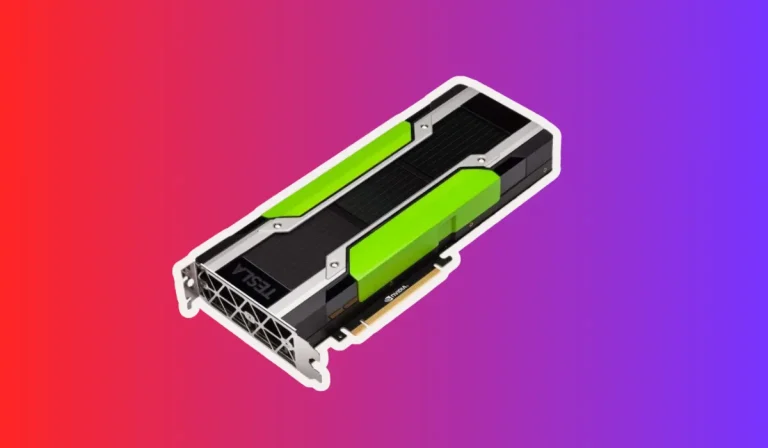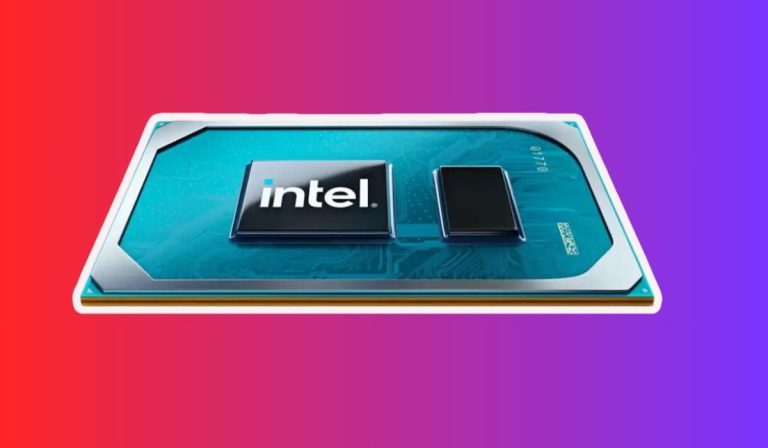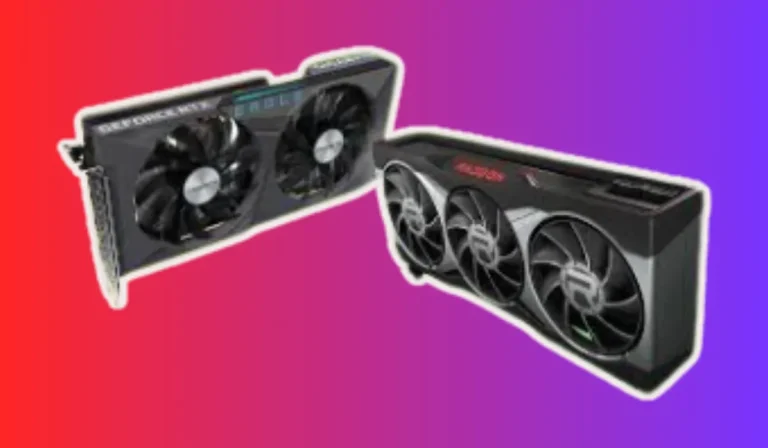How To Check Graphics Card Memory?
Are you curious about how much memory your graphics card has? Knowing your graphics card memory is essential for optimizing your gaming experience.
This guide will show you simple methods to check your graphics card memory, helping you understand its impact on gaming performance. Let’s dive in and unlock the secrets of your graphics card memory!
Using Windows Task Manager
Checking your graphics card memory is a breeze with the help of Windows Task Manager. This built-in utility allows you to monitor various aspects of your system, including your graphics card.
Step 1: Accessing Windows Task Manager
- To begin, right-click on the taskbar at the bottom of your screen.
- From the context menu that appears, select “Task Manager.”
- Alternatively, you can press “Ctrl + Shift + Esc” to open Task Manager directly.
Step 2: Navigating to the Performance Tab
- Once Task Manager opens, you’ll see several tabs at the top of the window.
- Click on the “Performance” tab to access the performance-related information.
Step 3: Locating Graphics Card Memory
- In the Performance tab, you’ll find various sections displaying system information.
- Look for the section labeled “GPU” or “Graphics.” This section provides details about your graphics card.
- Within this section, you should see information related to your graphics card memory, often denoted as “Dedicated GPU Memory” or “VRAM.”
Step 4: Interpreting Graphics Card Memory
- Take note of the value displayed next to the graphics card memory.
- This value represents the amount of memory your graphics card has, typically measured in megabytes (MB) or gigabytes (GB).
Using GPU-Z Software
If you’re looking for a dedicated tool to monitor your graphics card specifications, GPU-Z software is your go-to solution. This user-friendly software provides detailed information about your graphics card, including memory details.
Step 1: Downloading and Installing GPU-Z
- Start by visiting the official GPU-Z website (www.techpowerup.com/gpuz/) in your web browser.
- Look for the “Download” button and click on it to download the latest version of GPU-Z.
- Once the download is complete, open the setup file and follow the on-screen instructions to install GPU-Z on your system.
Step 2: Launching GPU-Z and Checking Graphics Card Memory
- After the installation, launch GPU-Z by double-clicking on the desktop shortcut or searching for it in the Start menu.
- Once GPU-Z opens, you’ll see a wealth of information about your graphics card.
- Locate the “Memory Size” or “Memory” field, which displays the amount of memory your graphics card has.
- Take note of the value mentioned, typically measured in gigabytes (GB).
Using Command Prompt
If you prefer a command-line approach to check your graphics card memory, Command Prompt saves the day. This powerful built-in tool in Windows allows you to execute commands and access various system information, including graphics card details.
Step 1: Opening Command Prompt
- To begin, press the “Windows” key on your keyboard to open the Start menu.
- Type “Command Prompt” in the search bar.
- From the search results, click on the “Command Prompt” app to open it.
Step 2: Running the Command
- Once the Command Prompt is open, you’ll see a black window with a blinking cursor.
- Type the command “wmic path win32_VideoController get AdapterRAM” and press Enter.
Step 3: Interpreting Graphics Card Memory
- After executing the command, you’ll see a value displayed in kilobytes (KB).
- This value represents the amount of memory your graphics card has.
- To convert the value to a more familiar unit, divide it by 1024 to get the value in megabytes (MB).
- If you want the value in gigabytes (GB), divide the result by 1024 once more.
FAQ’s
1. How do I check my graphics card memory on Windows?
To check your graphics card memory on Windows, you can use either the built-in Windows Task Manager or third-party software like GPU-Z. In Windows Task Manager, navigate to the Performance tab and look for the section labeled “GPU” or “Graphics” to find information about your graphics card memory.
2. Can I check my graphics card memory without installing additional software?
Yes, you can check your graphics card memory without installing additional software. Windows provides the Task Manager utility, which allows you to monitor various system aspects, including graphics card memory. Simply right-click on the taskbar, select “Task Manager,” and navigate to the Performance tab to find details about your graphics card memory.
3. Is there a command-line method to check graphics card memory?
Yes, you can use Command Prompt to check graphics card memory. Open Command Prompt and run the command “wmic path win32_VideoController get AdapterRAM.” This will display the graphics card memory value in kilobytes (KB). You can convert it to megabytes (MB) or gigabytes (GB) by dividing the value accordingly.
4. What is GPU-Z, and how can it help me check graphics card memory?
GPU-Z is a software tool specifically designed to provide detailed information about your graphics card. It offers a user-friendly interface and displays various specifications, including graphics card memory. By downloading and installing GPU-Z, you can easily check your graphics card memory and monitor its performance.
5. Why is it important to check graphics card memory?
Checking graphics card memory is essential for several reasons. It helps you understand the capabilities of your graphics card and ensures it meets the requirements of demanding applications or games. Monitoring graphics card memory also allows you to optimize settings and troubleshoot performance issues, providing smooth and efficient graphics processing.
Conclusion
Checking your graphics card memory is a simple and crucial step to ensure optimal performance in gaming and other graphics-intensive tasks.
Whether you choose to use built-in tools like Task Manager or opt for dedicated software like GPU-Z, monitoring your graphics card memory empowers you to unlock the full potential of your system and have a seamless gaming experience.



